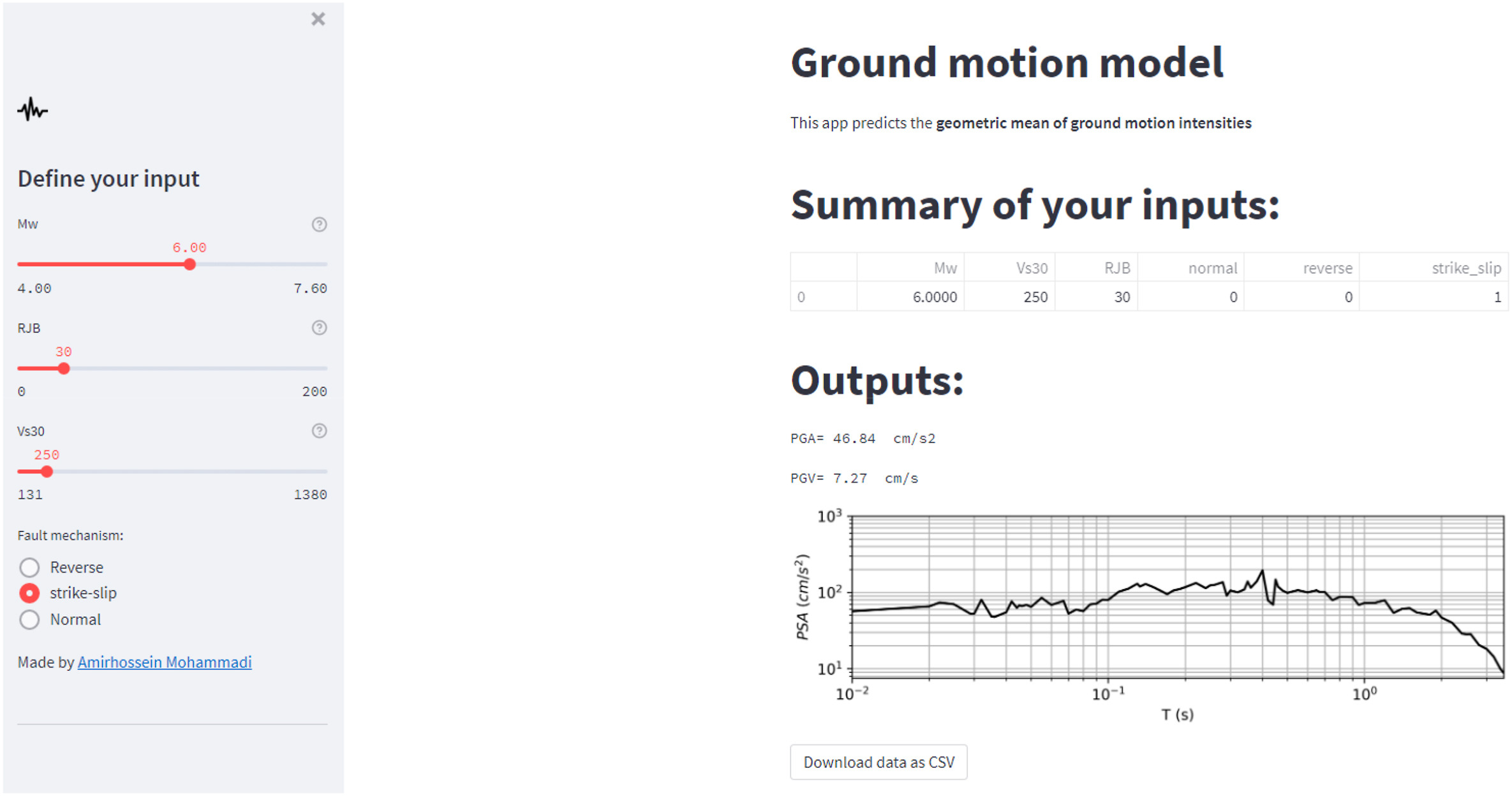New Journal Publication: The Potential of Region-Specific Machine-Learning-Based Ground Motion Models: Application to Turkey
Members of the S4H team have recently published a paper in the Journal of Soil Dynamics and Earthquake Engineering (SDEE). The researchers explored the effectiveness of advanced machine learning (ML) algorithms, specifically artificial neural networks (ANN) and extreme gradient boosting (XGBoost), in accurately forecasting seismic parameters associated with earthquake motions. While traditional ground motion models (GMMs), developed through conventional regression analysis of seismic records, have been widely employed globally, this research aimed to investigate whether nonparametric ML algorithms could provide a more precise representation of the intricate nonlinear behaviour of earthquake motions.
The study focused on predicting peak ground motion parameters and spectral ordinates, vital for assessing earthquake impacts in Turkey, one of the earthquake-prone zones in the world. To evaluate uncertainty in ground motion records, the researchers proposed a novel algebraic maximum likelihood function utilising the expectation-maximisation algorithm. The performance of the developed models was then assessed against existing empirical models, employing various metrics and examining inter-event and intra-event residuals. The study’s results revealed that the developed models produced unbiased predictions with higher accuracy compared to the currently utilised models.
Furthermore, the researchers developed an online platform to enhance accessibility to the models for interested users (https://amirxdbx-gmm-deploy-zc0z7k.streamlit.app/). The source codes are available at https://github.com/amirxdbx/GMM.
For more details, click here. The published version of the paper can also be found at the following link:
https://www.sciencedirect.com/science/article/pii/S0267726123002531
Share this post
